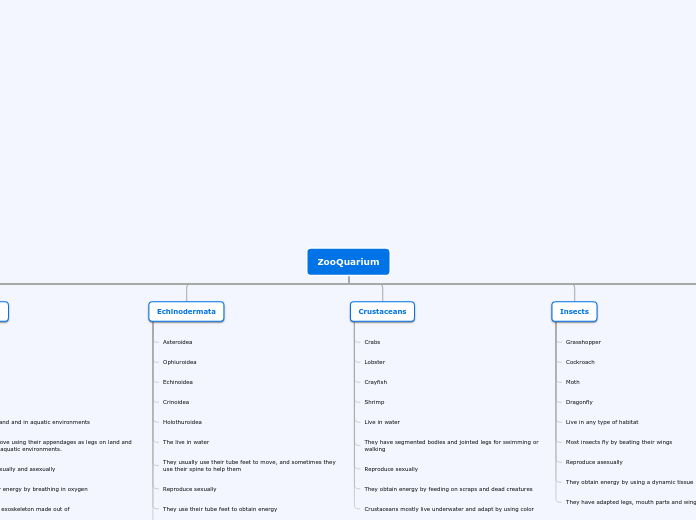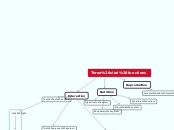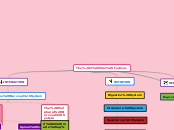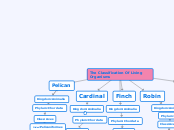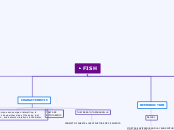arabera Campbell Connell 4 years ago
291
Tree organigram
The text provides an overview of different animal phyla, detailing their key characteristics and behaviors. Arthropods, including insects, myriapods, crustaceans, and arachnids, have exoskeletons and move using appendages, inhabiting both terrestrial and aquatic environments.
